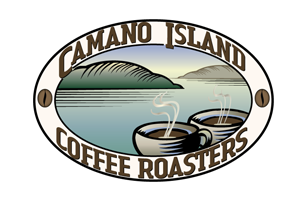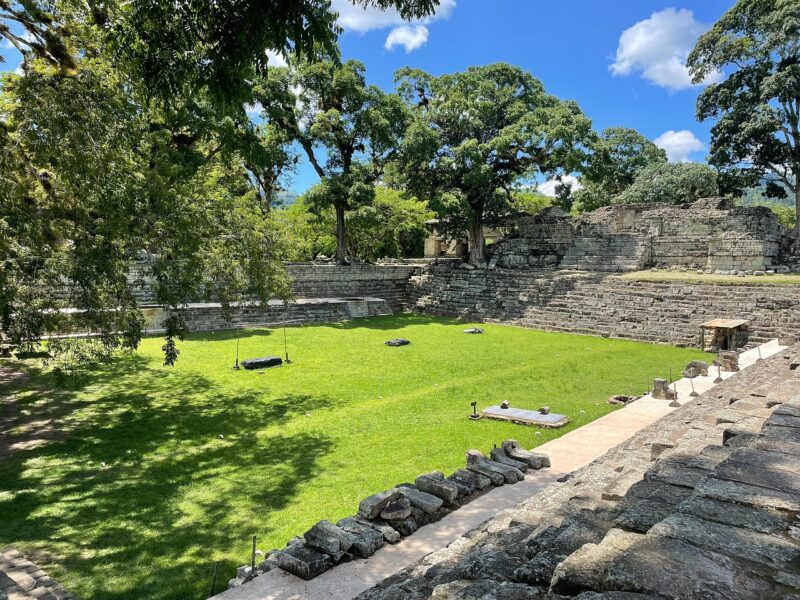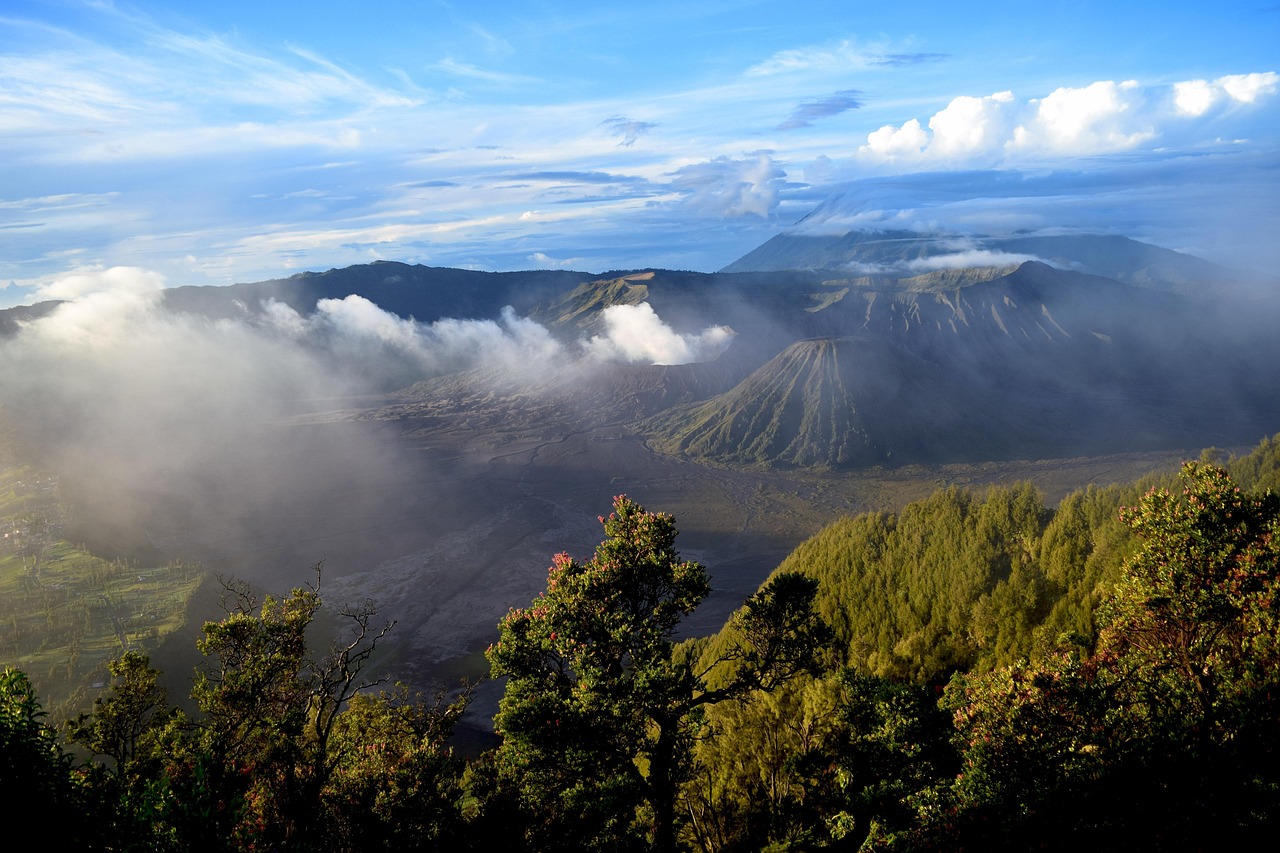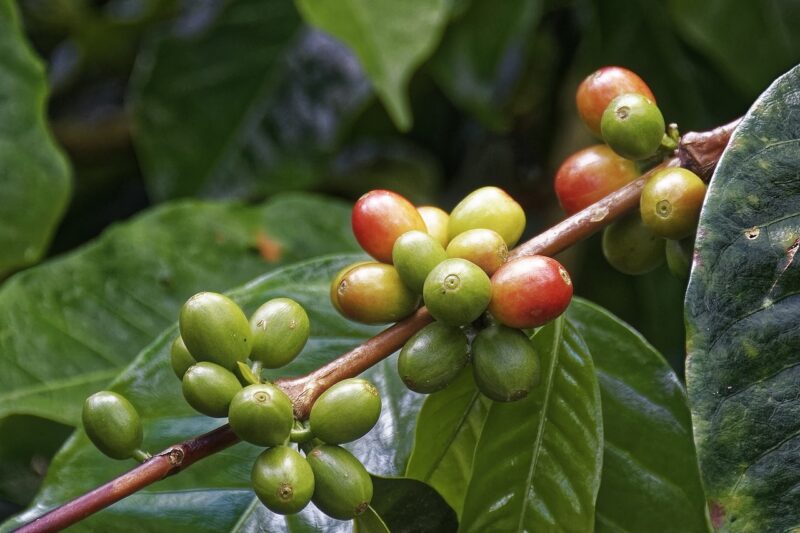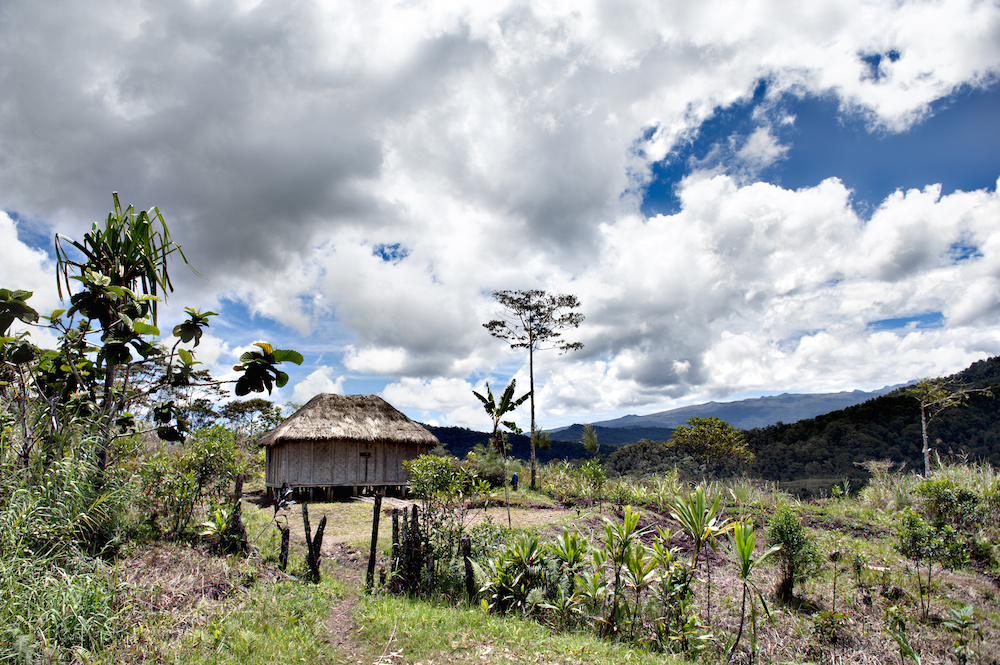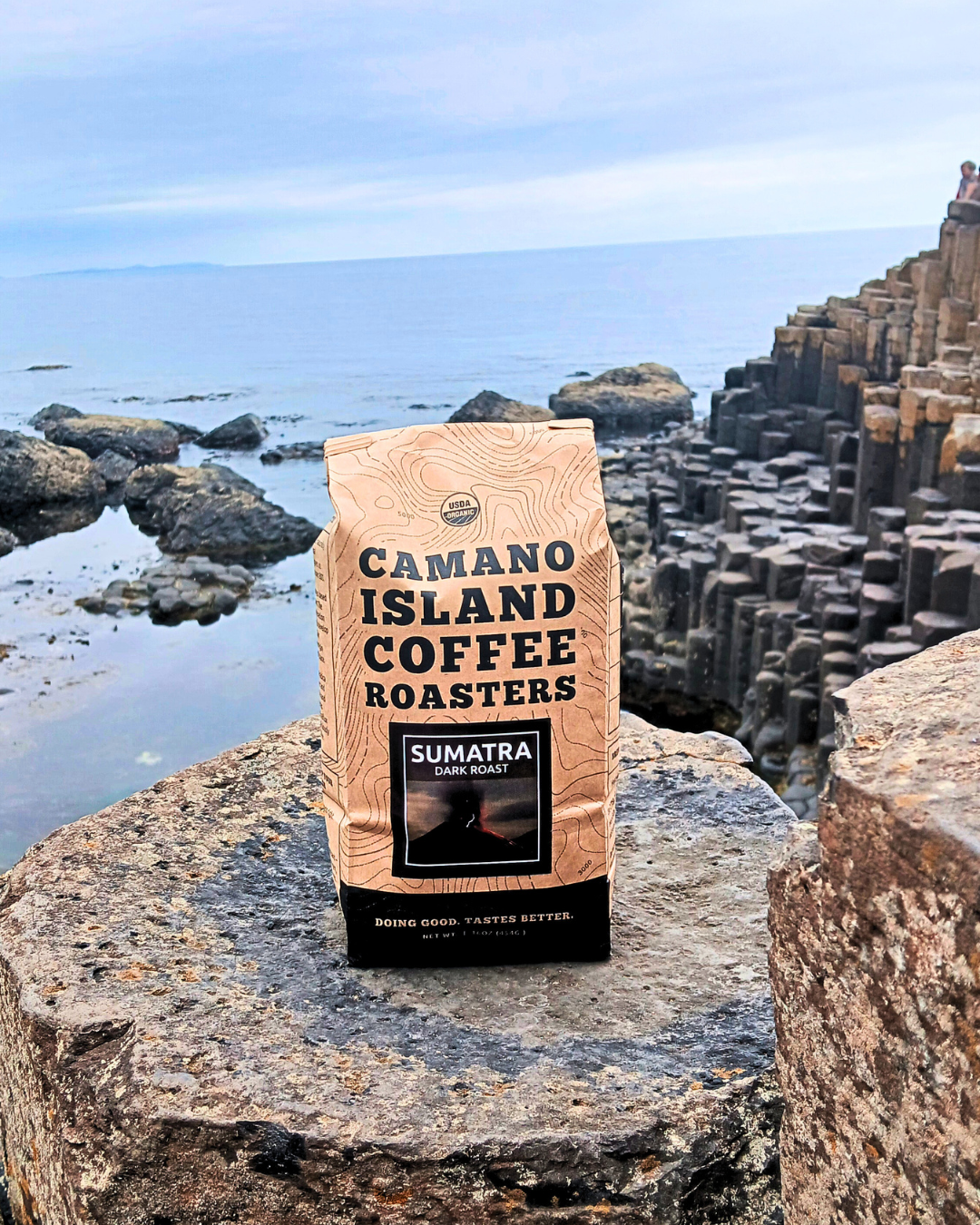
Organic Sumatra Dark Roast: A Coffee Lover’s Delight
At Camano Island Coffee Roasters, we take pride in sourcing exceptional coffees from around the world. Our Organic Sumatra Dark Roast is a standout choice for coffee enthusiasts seeking depth, complexity, and a truly indulgent experience.
Aroma and Flavor Profile
From the moment you open the bag, the smoky aroma of Sumatra Dark Roast invites you in. Its flavor is rich and layered, featuring caramel sweetness, dried apricot notes, and subtle nutty undertones. This full-bodied, syrupy texture ensures each sip is smooth, lingering with a gentle sweetness that coffee lovers will appreciate.
Why Choose Sumatra Coffee
Sumatra is renowned for its distinctive, full-bodied coffee and low-key, vibrant acidity. The nutty undertones enhance the coffee’s natural richness, making it an ideal choice for anyone looking for a high-quality dark roast. Its complexity makes it perfect for a morning pick-me-up, an afternoon treat, or even as a dessert coffee.
Brewing Tips for the Perfect Cup
To fully enjoy the Sumatra Dark Roast, try brewing it using your preferred method:
● Drip or pour-over: Highlights the sweet and nutty notes
● French press: Brings out the full body and depth
● Iced or dessert coffee: Mix with chocolate or cinnamon for an indulgent twist
Experience Sumatra with Camano Island Coffee Roasters
Our Organic Sumatra Dark Roast is more than just coffee, it’s a sensory experience. With its rich flavor, full body, and complex aroma, it’s the perfect cup to savor any time of day.
Have you tried our Sumatra Dark Roast yet?
